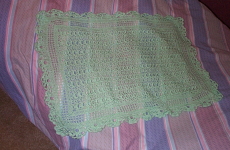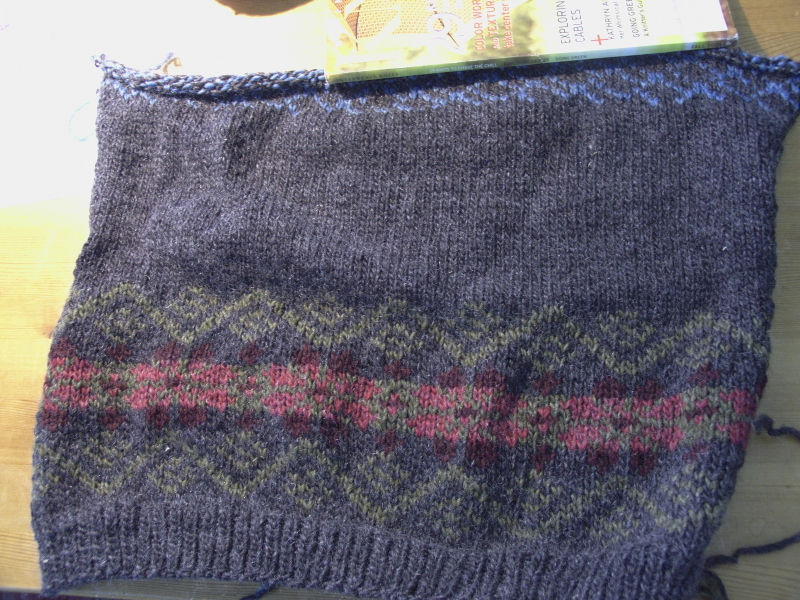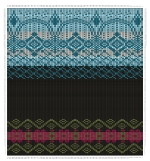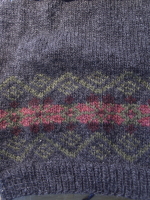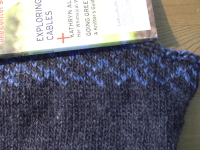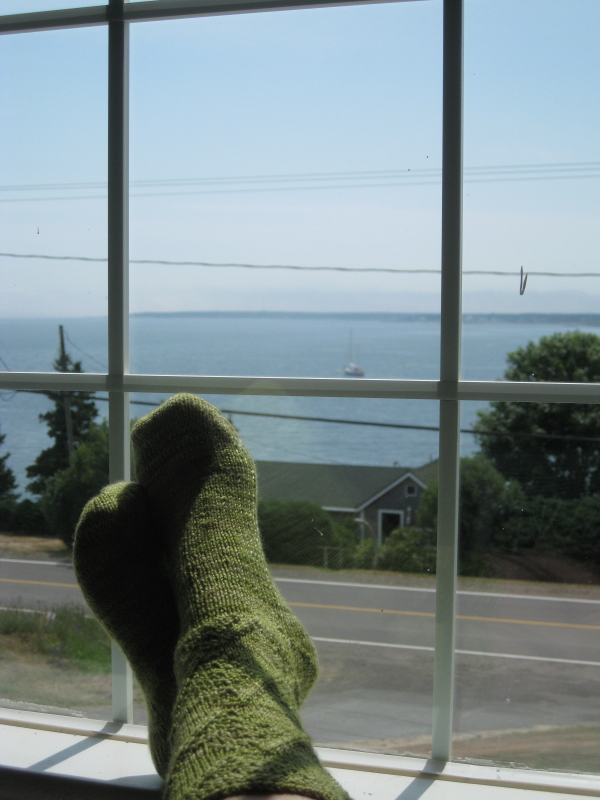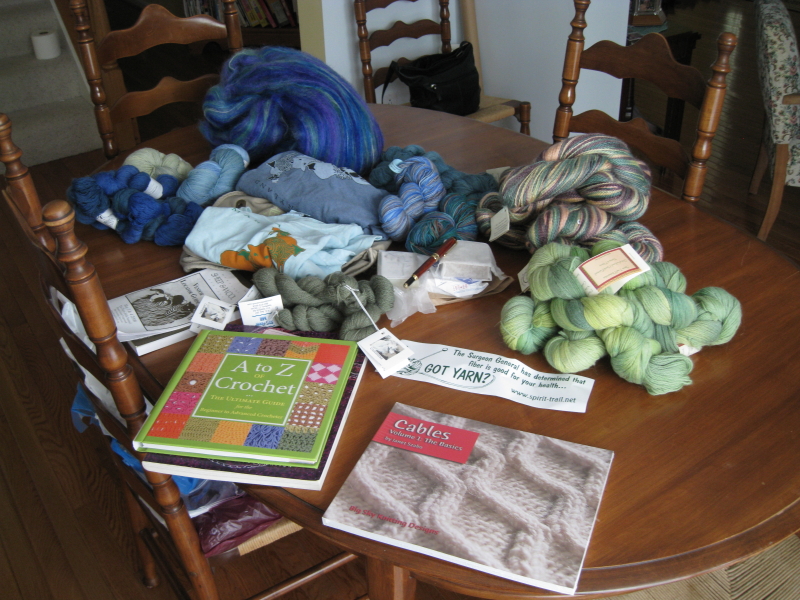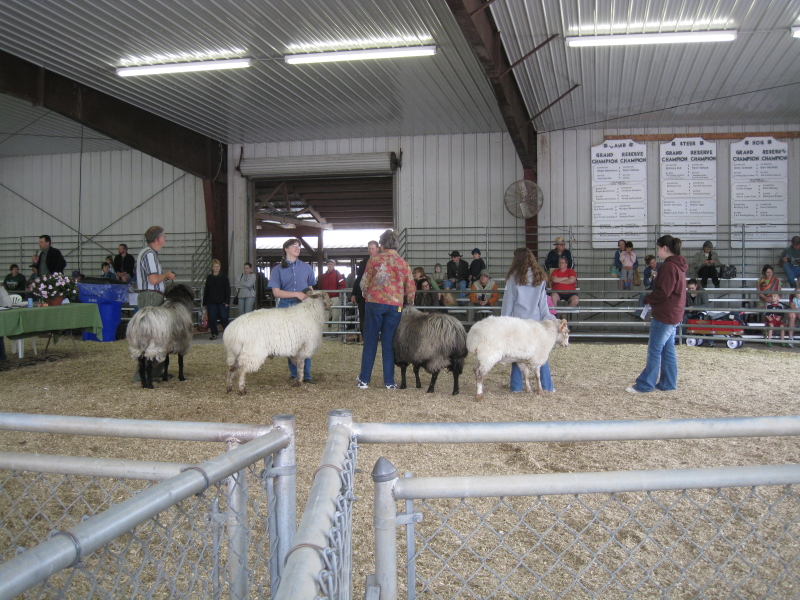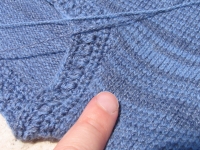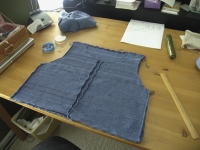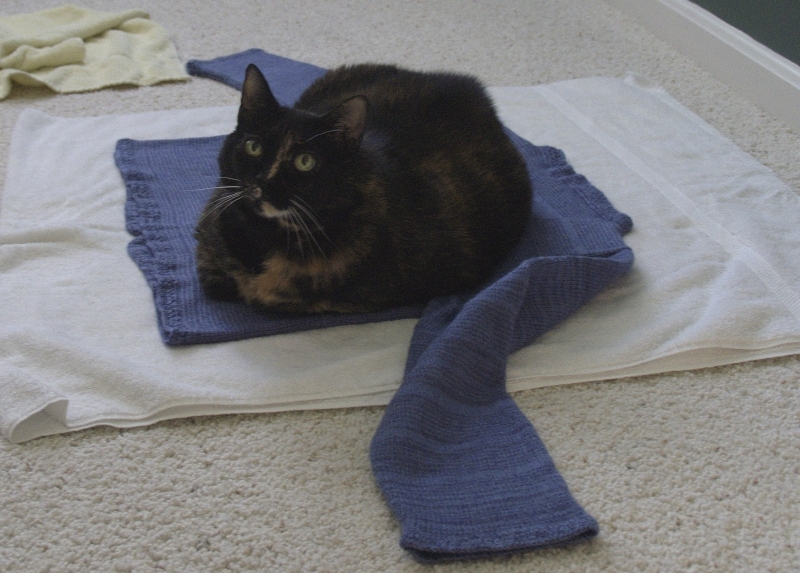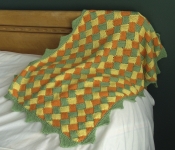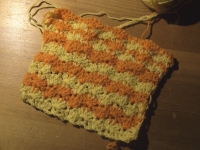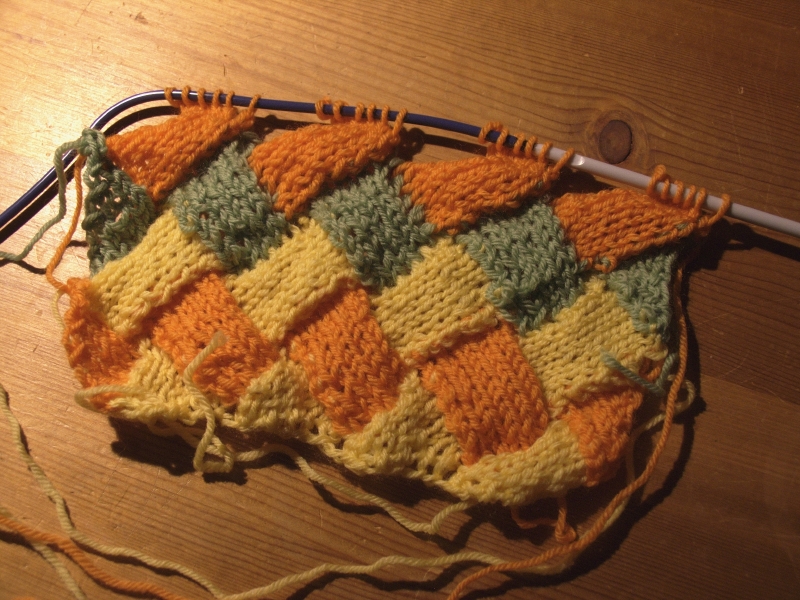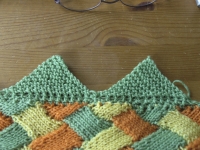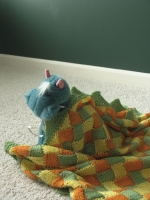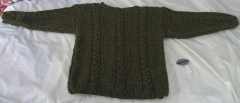I thought this
article, about Schaefer
Yarn’s “Sock the Vote” effort, was interesting for the peep into
the yarn industry it gives.
(“Sock the Vote” is a set of 4 colourways of sock yarn Schaefer did to
represent the colours apparently favoured by Michelle Obama, Hilary
Clinton, Sarah Palin and Cindy McCain).
In particular, the article notes,
some $850,000 in business last year, the best ever for the 16-year-old
company.
But the growth of those in the yarn business is exceeding demand. In
addition, the ailing economy is creating a slowdown.
She expects sales this year to dip into the $800,000 range.
Thus, she said, the popular “Sock the Vote” effort comes at a time when
it is indeed welcome.
Schaefer told of being able to weather the downturn, but predicted
others in the business aren’t going to make it because of growing
competition and the tight money market.
In her business alone, she said, her 16-person work force now is down
to nine because of the weak economy.”
The overall business number is good, though not huge. Interesting
to see some kind of numbers — assuming an average of $20 per skein,
that suggests they move 40,000 skeins a year. That’s more than
modest!
It is also interesting to note the pure business terms above — while
it’s good to be in a business that deals with something you
really love, you never can lose sight of the fact that it is a
business, and you have to tune to the market realities or suffer the
consequences.
‘d like to know how the specialized colourway did — I didn’t have enough resonance with the campaigns to feel I had to buy a particular yarn (as a memento? to make a memento?), but I don’t know if others would have. And, looking at the colours, I did think the ones that appealed to me most were not aligned with camps I would care to support. So — did politicizing the yarn help or hinder sales, I wonder?

